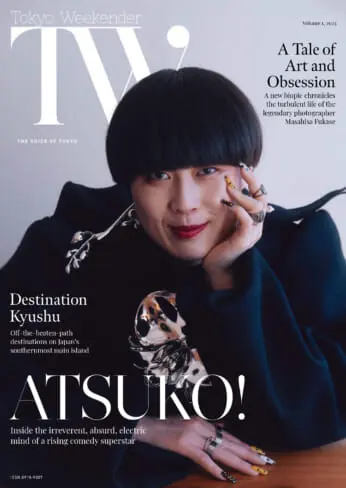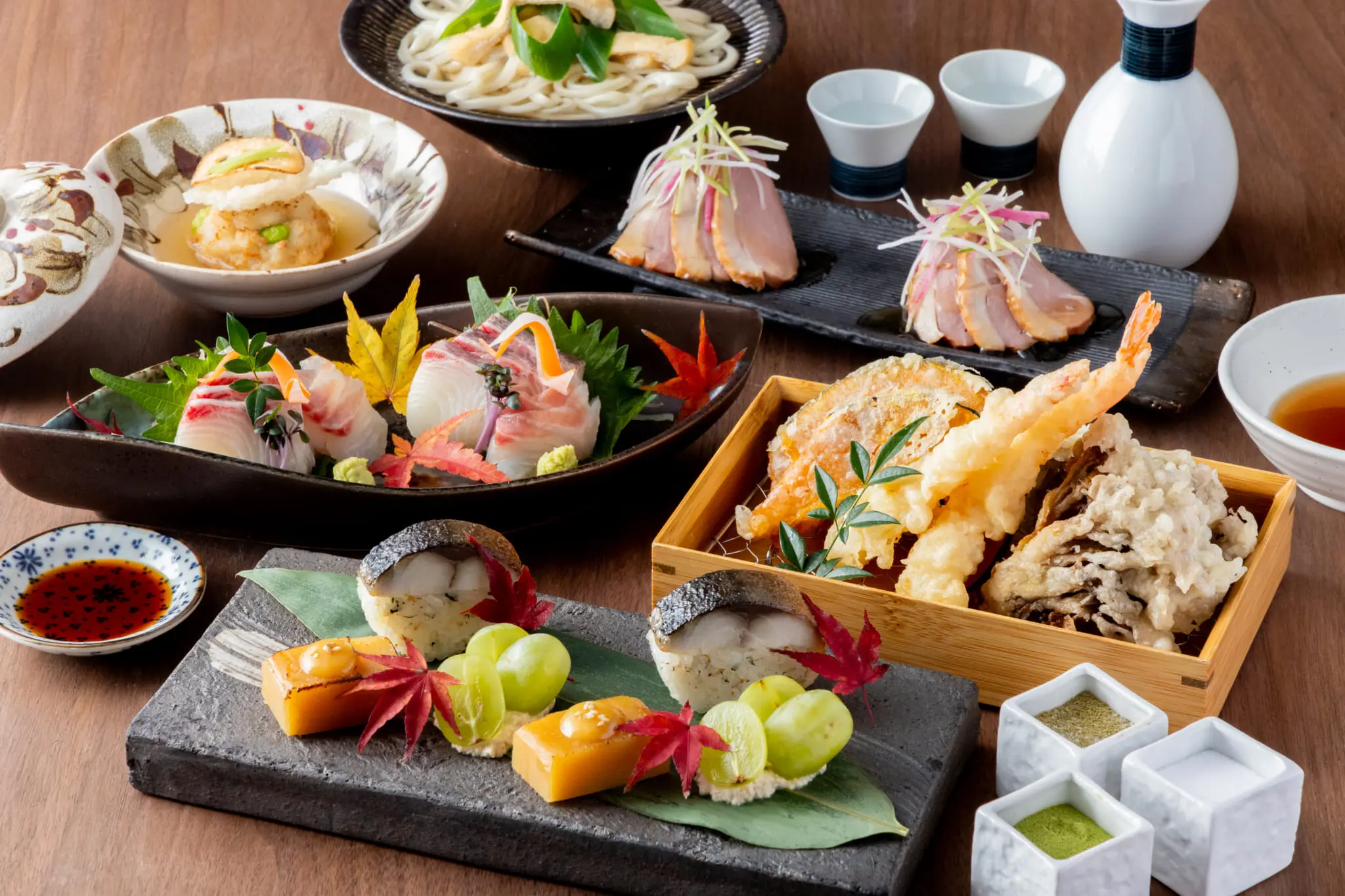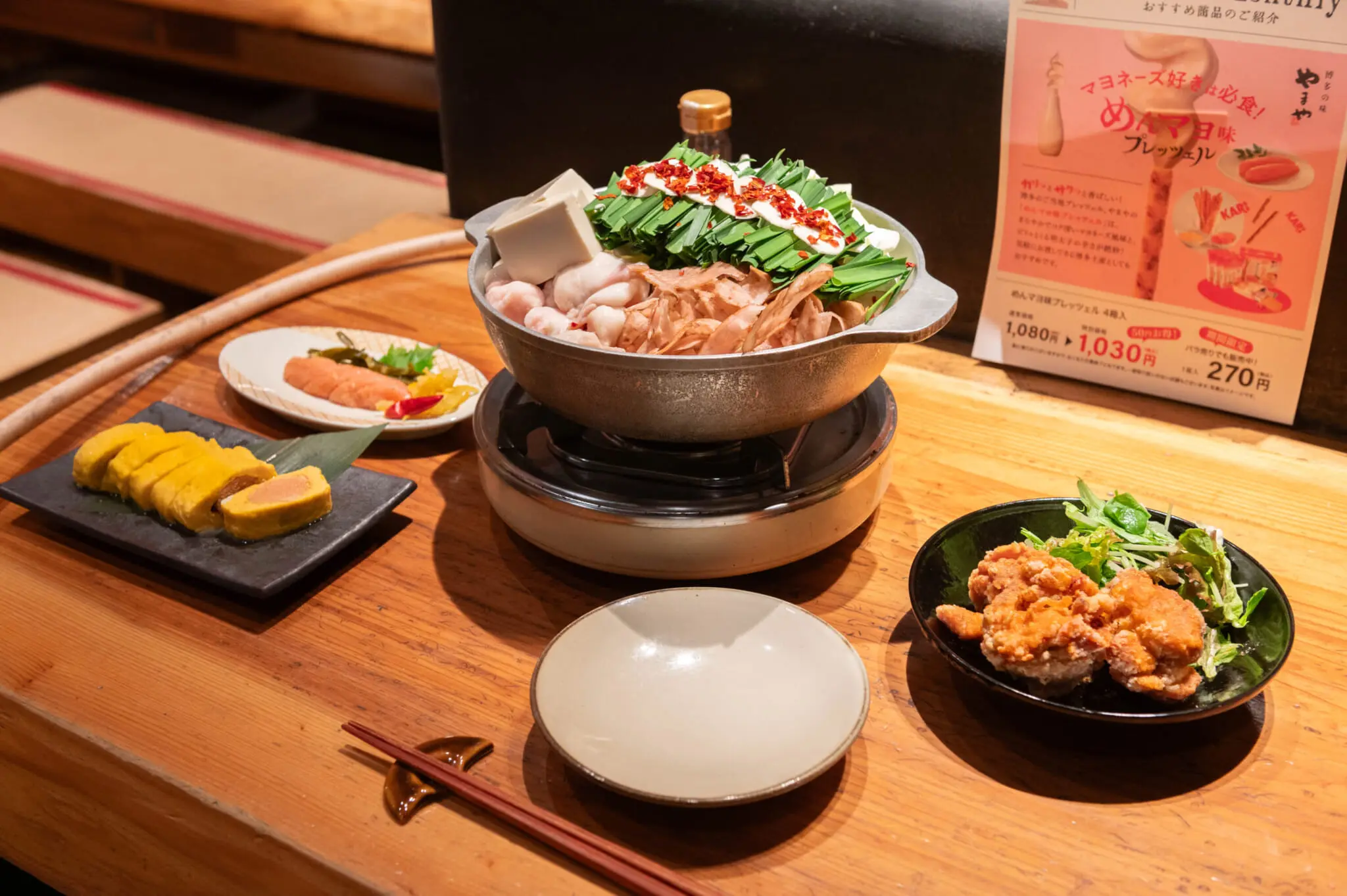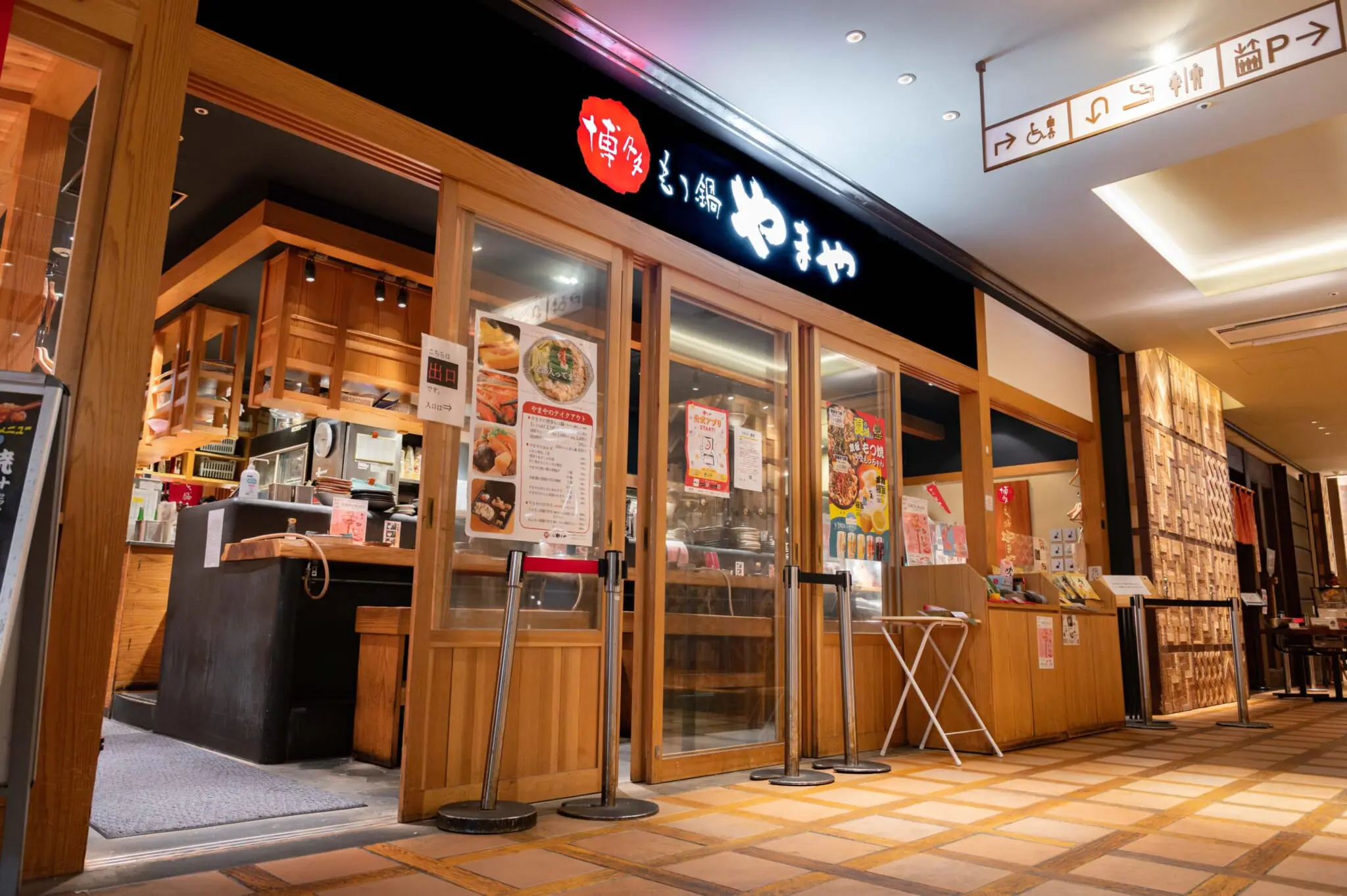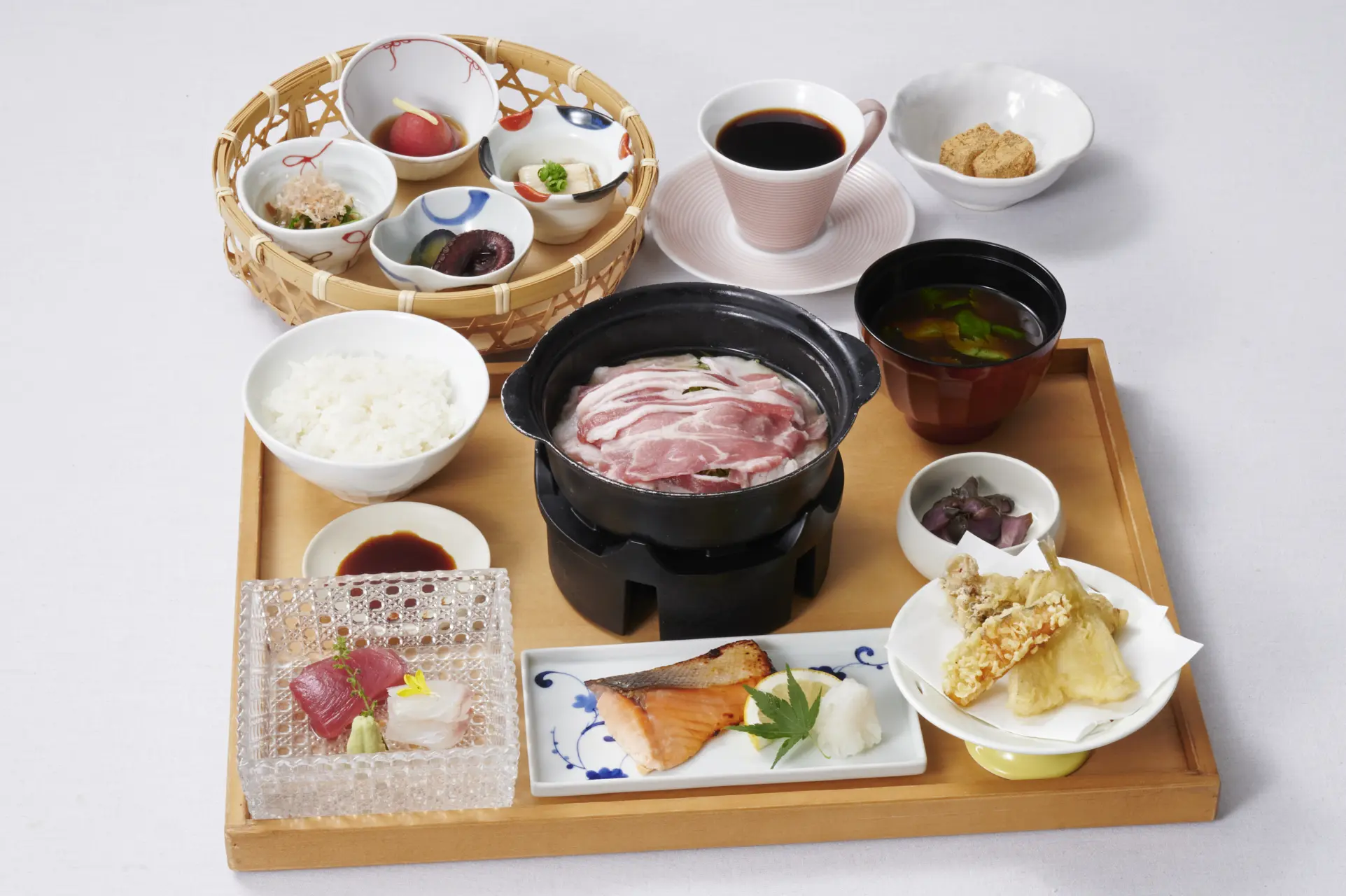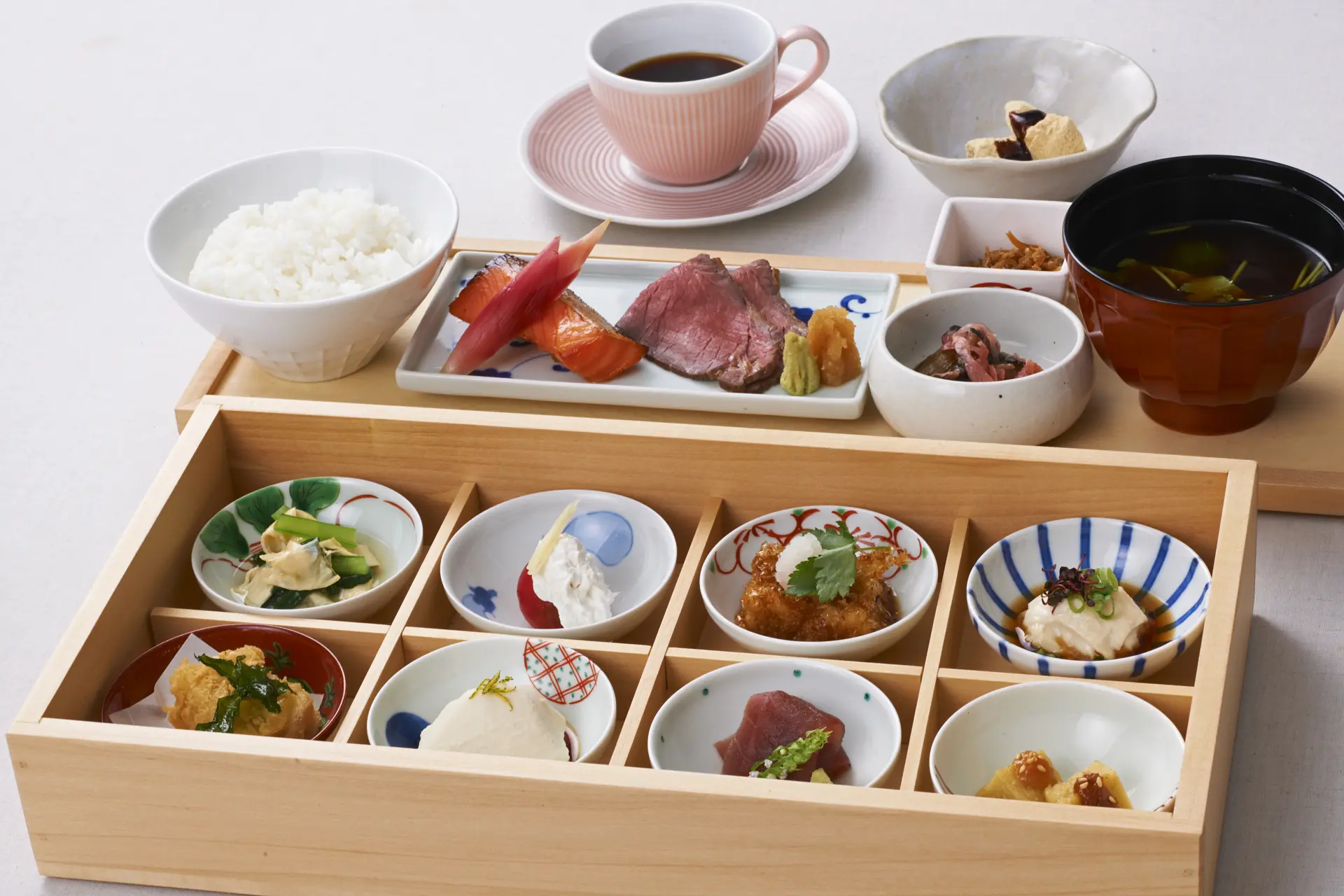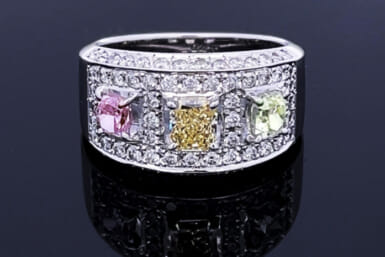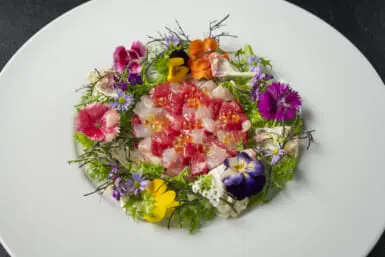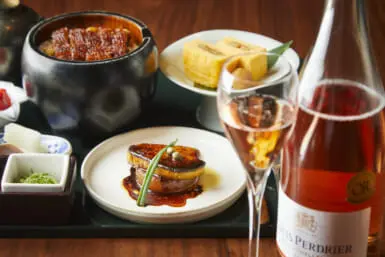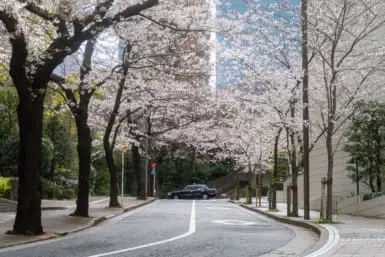Japan is world-renowned for the exquisite quality of its food: It has the third most Michelin stars in the world, and it’s home of the scientists that identified umami. And Japanese cuisine contains multitudes, encompassing a vast variety of different techniques, textures and flavors — from shockingly fresh seafood to world-class beef to exquisitely prepared tofu dishes. There’s a whole gastronomic world beyond ultra-famous dishes like sushi and ramen. Below, some traditional Japanese dishes that you need to try.
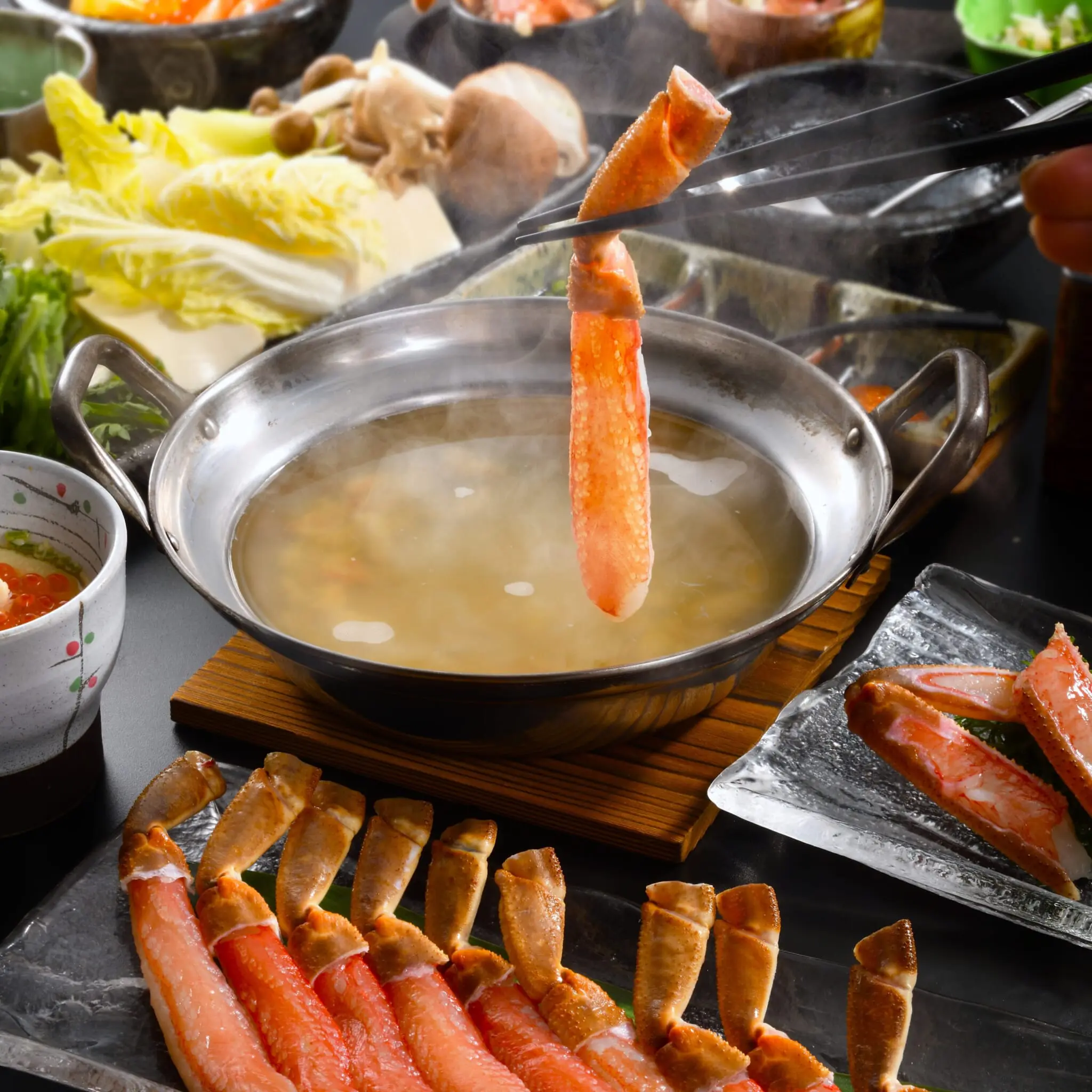
Crab Dishes: Nihonbashi Kanifuku
Nihonbashi Kanifuku offers an impressive menu of crab dishes and kaiseki courses, making for an extravagant feast. Sample from a wide array of crab types, from snow crab to king crab to horsehair crab, all with their own succulent taste.
Kanifuku offers several different kaiseki multi-course options — including a seasonal kaiseki course — which arrange crab in an abundance of different forms and flavors. Their mouth-watering offerings include crab cream croquettes, crab sashimi, crab tempura, crab chawanmushi (savory egg custard), crab rice and crab served whole. You can also order the crab shabu shabu banquet that comes with a selection of crab legs to dip into the hot broth.
If you prefer to go a-la-carte, Kanifuku has ample options. Try grilled snow crab with crab miso, a paste formed from the crab’s innards, for an umami-rich and slightly sweet taste. You can also go for the grilled king crab topped with sea urchin for another explosion of intertwining complex flavors. The weekday lunchtime crab rice special is just ¥1950 for a regular serving, which comes with a crab cream croquette, three types of rice toppings and soup.
Kyushu Cuisine: Hakata Motsunabe Yamaya
Hakata Motsunabe Yamaya specializes in Kyushu cuisine, and particularly in Hakata motsunabe, a hot pot delicacy from Fukuoka made with domestic beef small intestines. Guests can choose either ago-dashi soy sauce or rich miso broth as their soup base. It’s a nourishing and comforting dish; the beef intestines are tender, with a pleasant chewiness.
Another highlight is the restaurant’s generous servings of mentaiko, or pollock roe, a famed regional specialty. The mentaiko at Hakata Motsunabe Yamaya has a rich and mellow flavor, as it’s marinated in a special sauce for a whopping 168 hours.
If you’re having a hard time deciding what to order, the dinner course options are luxurious, each including a wide variety of dishes. The Ginmi course, for instance, comes with an assortment of appetizers, a pot of Hakata motsunabe, sesame mackerel, gyoza, chicken skin, mentaiko, champon noodle soup and yuzu sorbet. On top of that, you will even receive some extra mentaiko to take home as a souvenir.
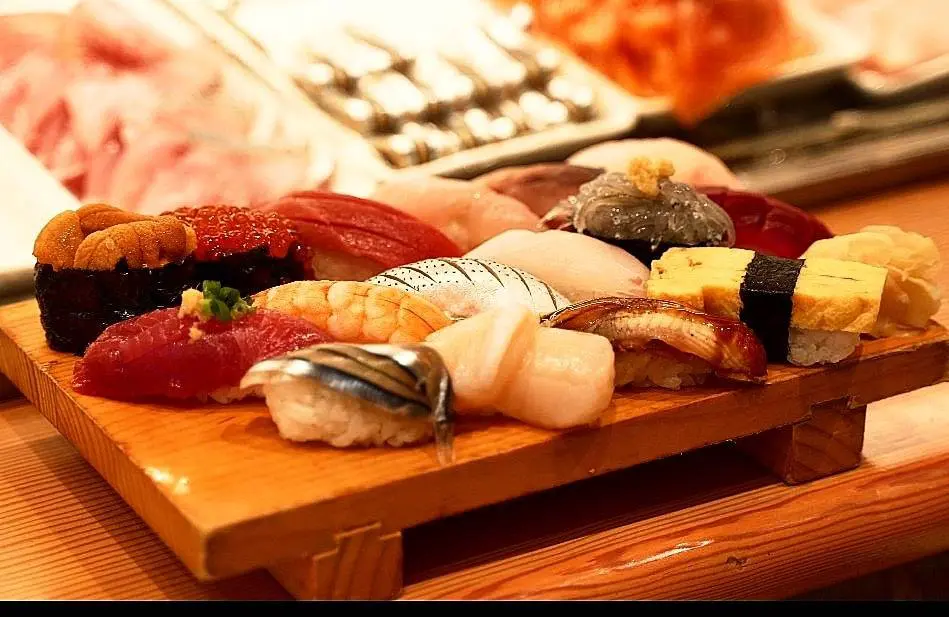
Sashimi and Nigiri Sushi: Nihonbashi Sushi Tsurikin
Nihonbashi Sushi Tsurikin prides itself in sourcing extremely fresh, seasonal fish. Their seafood is purchased fresh every single day — some of it is even caught that same morning all over Japan. Because of the varying catches of the day, the recommended menu is constantly changing. The store is incredibly popular because it offers high-quality sashimi and sushi at a reasonable price, and the sushi bar allows customers to watch the sushi chef at work.
Sushi Tsurikin also has a collection of 20 seasonal local sake, which the staff can assist in directing pairing with your meal. With the small drink set, you can savor one drink of choice with either two small side dishes or four pieces of nigiri sushi — a great way to sample Tsurikin’s diverse offerings.
With their course menus, you can taste a diverse spread of the ocean’s bounty. The Matsu course, for instance, includes the daily special, a homemade appetizer, five kinds of sashimi, steamed local fish with a refreshing ponzu sauce, eight pieces of premium omakase-style chef’s choice sushi, smoked daikon radish, shellfish dashi miso soup and raw oysters in the shell.
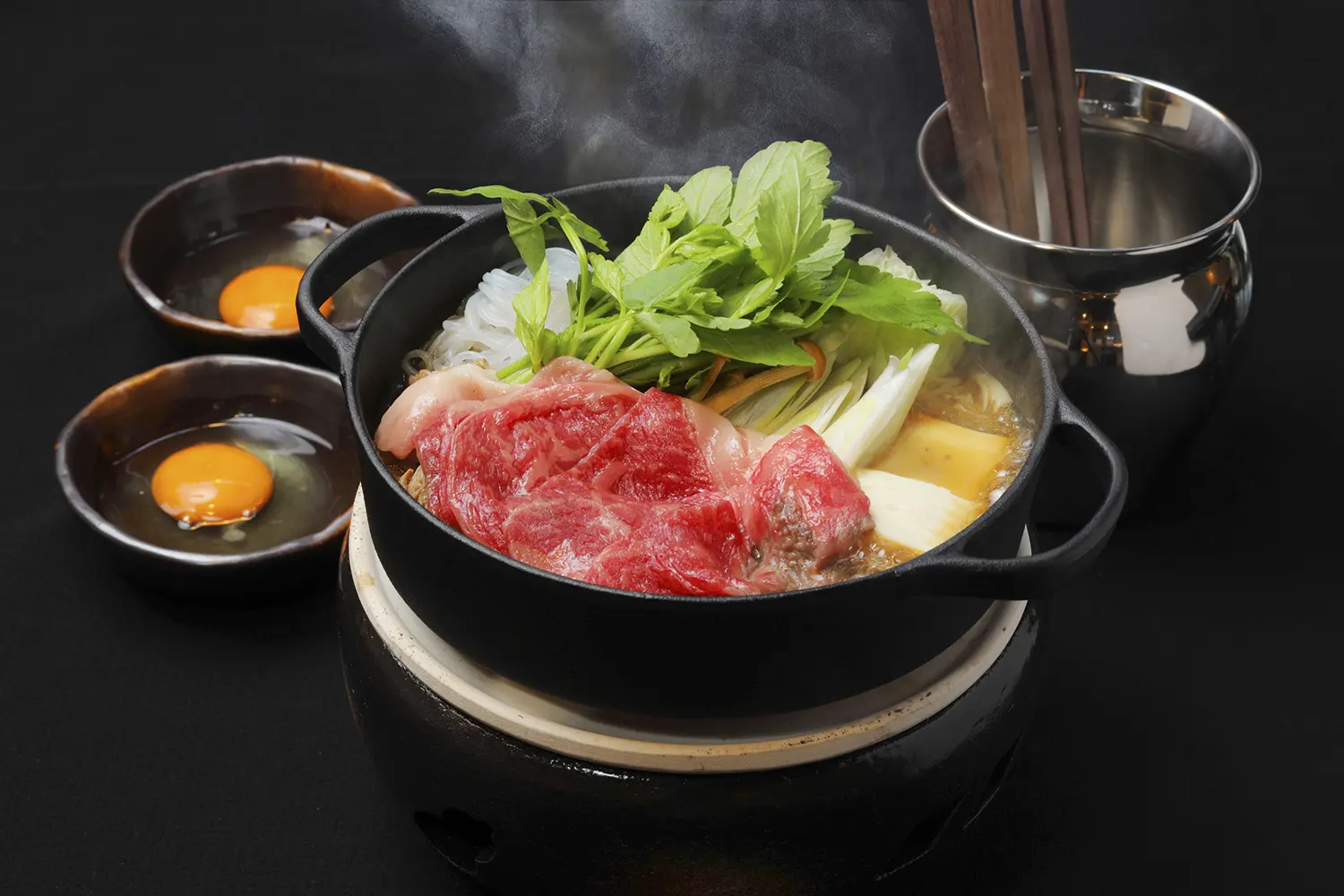
Sukiyaki: Iinoji
Slow-cooked stews are the heart of Japanese comfort food. Indulge in timeless, classic and high-class delicacies in a chic and refined atmosphere at Iinoji, which is known for its nourishing and elegant sukiyaki — a traditional hot pot dish made with thinly sliced beef, vegetables, tofu and noodles, cooked in a flavorful broth — as well as seasonal, Japanese-style meals.
On offer at dinner are a variety of course menus, including one sukiyaki course made with black wagyu beef and another, extra-luxurious one made using high-grade certified Ohmi beef. Ohmi beef is one of the oldest wagyu brands in Japan, with a history dating back more than 400 years. The cattle are raised in the open environment of Shiga Prefecture by the pristine waters of the natural springs surrounding Lake Biwa. The meat has very fine fat marbling, giving it a distinctive sweet and smooth flavor and texture.
Guests can also enjoy a special course, consisting of sumptuous thick-sliced pork, alongside an assortment of side dishes, sashimi and tempura, plus tempura and sukiyaki a-la-carte.
Kyoto Cuisine: Obanzai Aburiyaki Sake Nana
Experience Kyoto hospitality and obanzai cuisine at Obanzai Aburiyaki Sake Nana. Obanzai is a traditional style of Japanese cooking native to Kyoto. In order to be considered obanzai, at least half of a dish’s ingredients must be made or processed in Kyoto and produce must be in season and minimize waste.
As such, vegetables at the restaurant are shipped directly from Kyoto. You can enjoy an abundance of delicious and diverse ingredients in harmony together. Try the Arima-style stewed octopus and eggplant, or the raw yuba sashimi. Yuba is a Kyoto delicacy; it’s a thin and delicate tofu skin that is created when a film of solidified protein develops on the surface of soy milk. It’s been cherished by monks in Kyoto for hundreds of years as part of their vegetarian diet.
Obanzai Aburiyaki Sake Nana also serves a bluefin tuna steak with ponzu sauce and an Iberian pork with radish millefeuille among its main courses. The clay pot rice serves two to three people and is cooked in a traditional donabe earthenware pot for an extra fluffy texture. Feast on the flavors and tranquility of Kyoto, in the middle of Tokyo.
